

A new year is upon is, and it’s time to take stock of your life and make plans for a successful year ahead – and part of those plans should be to make sure that your personal security is up to scratch. It’s easy to put these things off, but by setting aside an hour or so for a personal security audit at the beginning of the year, you can feel much more confident in your digital safety.
Here are 10 steps you should take to get everything up to date. Most of them are applicable on your computer, but if you can do them on your phone too, you should.
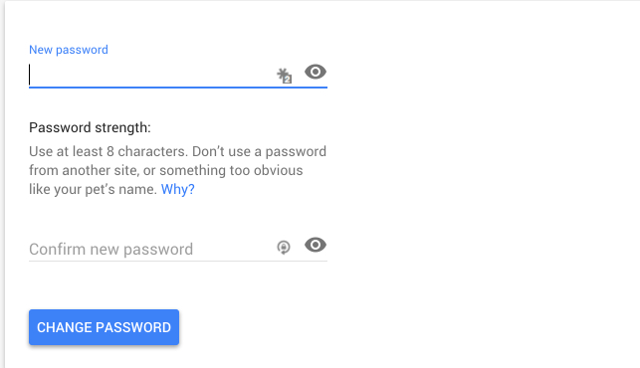
Yes, all of them. Change every single one. It’s probably already been far too long since you’ve changed most of them, and it’s even likely that a number of them are the same, or very similar. This is a huge security threat, and it’s time to remedy it. But don’t worry, it’s not going to be nearly as hard as it sounds.
If you aren’t using a password manager yet, you should download one immediately. I use LastPass, but we have KeePass and 1Password adherents at MakeUseOf, too. It doesn’t matter which one you choose; just pick one and start using it. You’ll only need to remember a single master password, and the app will help you generate more secure passwords in the future. It’s easy to use, and a big boost to security. A no-brainer.
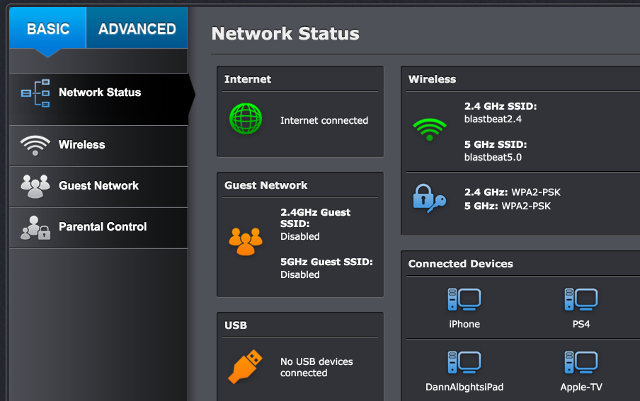
Even if you refrain from signing into important websites while you’re on public Wi-Fi—which you should—you could still be vulnerable at home, especially if you haven’t taken the proper precautions in securing your home router. Using a default network name or password is just asking for trouble.
Fortunately, we have you covered with all of the information you need, from making your home network more secure to choosing the best type of encryption. If you need more help with your specific router, search for a tutorial online, or post in the comments and we’ll try to help you out.

Privacy and security go hand in hand, and the lack of privacy in your social media accounts could have some surprisingly significant effects. Settings differ from network to network, but making sure that only your friends can see your posts, that your app permissions are up to date (using the steps detailed here), and limiting the information you’re giving away through your friends are good things to do on all social platforms.
Be sure to check out your Facebook photos privacy settings, WhatsApp security settings, look into your Twitter and Instagram settings, and use Facebook’s privacy checkup tool to see if everything is as secure as it should be. Remember that whatever you post is probably out there forever, so make sure that only the right people are going to see it.
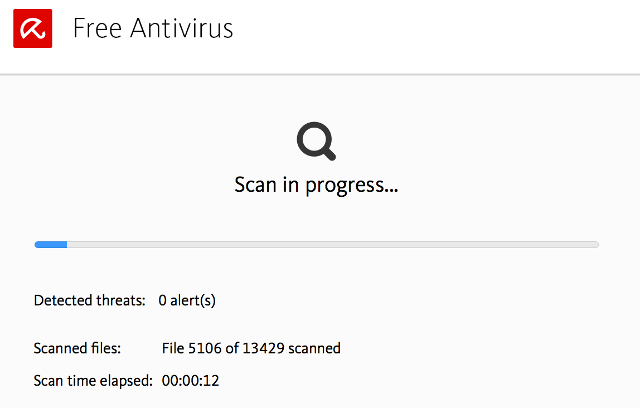
You do have antivirus software, right? If not, you need to get it immediately. We’ve reviewed some great free antivirus packages, and even told you how to compare the different options out there. For the most part, it’s going to be hard to get one that’s bad, so just download one of the big-name packages and get it up and running (if you don’t want to even think about it, go for Avira).
A full scan should scan every file on your computer to make sure that there’s no malware hiding anywhere. This will likely take several hours, so you might want to run it overnight. If the scan comes up with anything, your antivirus app should tell you exactly what to do about it.
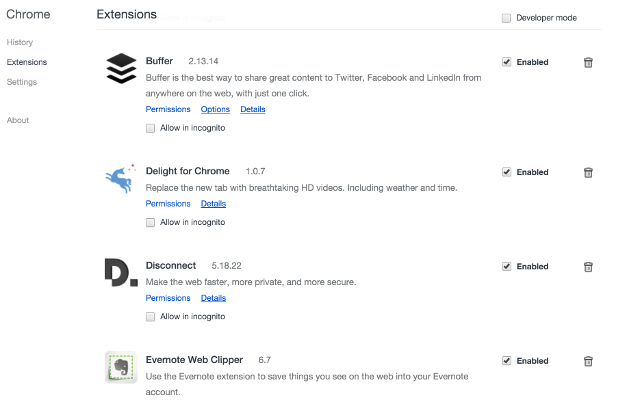
While some malware will sneak into your computer through ads or infected emails, there’s a decent chance that you’ve downloaded some by accident, too. A lot of adware is bundled with free apps, and you might have a free toolbar or coupon extension that collects data about you while displaying a crazy amount of ads.
Check the list of apps on your computer and delete any that you don’t remember giving permission to install (you could probably delete a bunch that you did install, too, to save some space). The same goes with browser extensions, no matter which browser you’re using – malicious browser extensions are out there, and you need to be on the lookout for them.
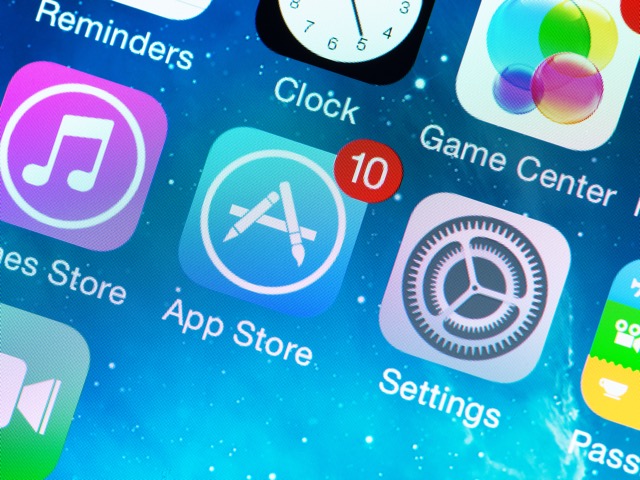
Out-of-date software makes it a lot easier for a hacker to get into your computer or your phone. When companies release security patches, they don’t always release them for old versions of their software, and if you’re using an unsupported version, you could be left vulnerable.
So run your updates. Your operating system, your apps, your browser and extensions, your phone – everything. If you haven’t done it in a really long time, it could take a while, but it’s worth the time and minimal effort it takes. You might be nervous about needing to learn how to work your computer again if things look and act differently, but it’s better than having your bank account drained when someone nabs your password.
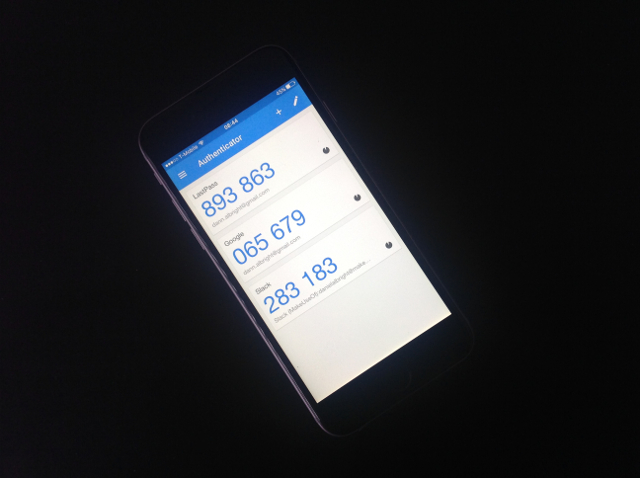
When you sign in to a site or app with a password, that’s one-factor authentication. Two-factor authentication requires another piece of information from you. That piece of information is usually a numerical code that’s sent to your phone via a text message or an app – just look at the code, enter it into the site, and you’re in. Yes, it’s more effort. But it’s also way more secure.
If nothing else, be sure to protect your Google accounts and any other email accounts with two-factor authentication. There are going to be times when you wish you hadn’t turned it on (usually because you have to pause Netflix to go find your phone), but it significantly reduces the chances that someone will be able to access your accounts.
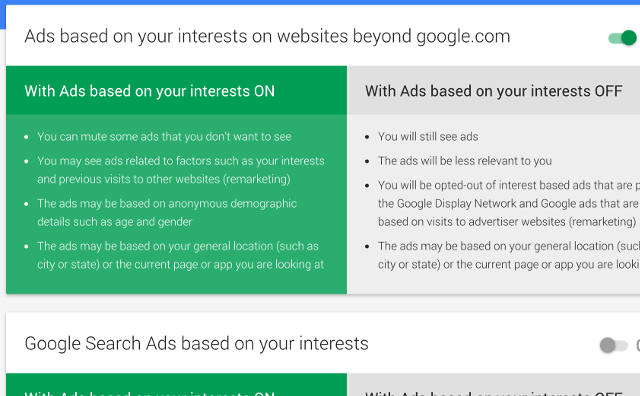
Tons of sites and services track where you go and what you do online. The biggest culprit is Google, especially if you use a number of their services (Gmail, Google Calendar, Google Talk, Hangouts, Drive, etc.). Fortunately, we have a tutorial on how to stop giving so much personal information to Google, and that’s a really good place to start.
But look through the account settings on other websites, too – you’ll probably see that they’re also tracking you for various reasons as well (usually to show you ads). The more sites you can prevent from doing this, the better. Using the Disconnect browser extension will help you discover who’s tracking you and try to put an end to it.

Wearable technology has blown up over the past few years, with a huge number of devices hitting the market and getting popular. Unfortunately, a lot of these wearable devices can pose a security threat. Check out our article on how to secure your wearables to minimize the danger.
Smart home devices can also be a risk—your IP cameras can provide visual access to your home, security devices could potentially be hacked, and all manner of other havoc could be wreaked if a hacker gains access to your home network. Keep these security concerns mind. As with everything else, choosing strong passwords and encryption are crucial.
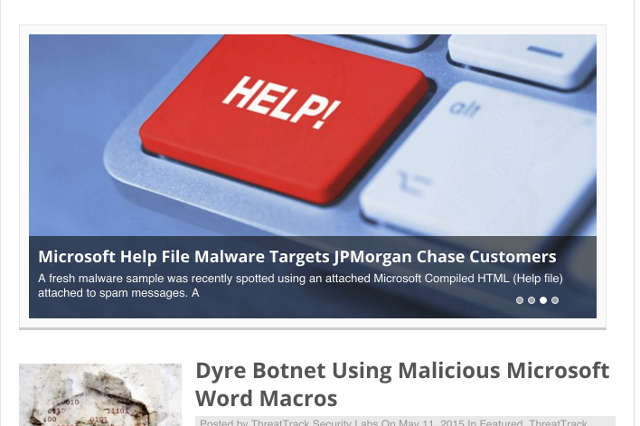
This is big. You really need to start staying informed about personal security and privacy threats. We do our best to keep you up-to-date on major events here, but other sites post daily updates on what’s going on in the cybersecurity world, and it’s worth checking them regularly or following them on social media to get the latest threat information.
To get started, check out these 10 security blogs. At the very least, you should check them every once in a while to see if they’re reporting anything that could affect you (you can always sign up for their newsletter and use Unroll.me to keep it from cluttering your inbox). And, of course, keep reading Security Matters here on MakeUseOf!
I know that the above steps sound like a huge amount of work, but if you just sit down and do them, it shouldn’t take too long. And if you keep up with the things you should be doing anyway – virus scans, changing passwords, keeping track of password leaks – it won’t be nearly as time-intensive next time.
Let’s all commit to being a bit safer online in 2016, and keep the risks to a minimum. Will you be performing a personal security audit this year? What do you plan on doing to minimize threats this year? Share your thoughts below!
Image credits: Bloomua via Shutterstock.com, LDprod via Shutterstock.com.
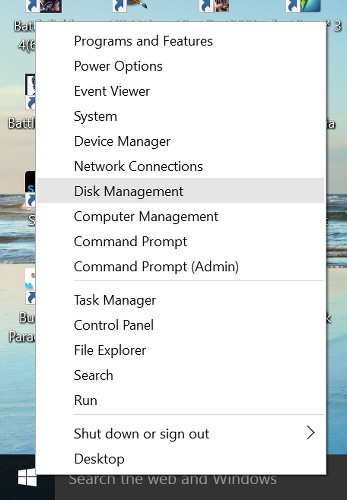



 Top 25 Best Strategy Games for PC
Top 25 Best Strategy Games for PC This War of Mine Tips & Tricks: The Ultimate Strategy Guide
This War of Mine Tips & Tricks: The Ultimate Strategy Guide Green Soup Room Walkthrough
Green Soup Room Walkthrough Unlock all Characters in Super Smash Bros. 3DS - Guide
Unlock all Characters in Super Smash Bros. 3DS - Guide SOCOM 4 PS3 Trophies List
SOCOM 4 PS3 Trophies List